 |
| Image from Mother Earth News |
Why build a fence when you can grow one? Permaculturalist Harvey Ussery has an article, “Living Fences How-to Advantages and Tips” in the latest Mother Earth News that describes several plants and strategies for creating living barriers that do more than just keep the livestock in. Hedges such as Osage orange (Maclura pomifera) provide fodder as well as fencing. Others, such as black locust fix nitrogen into the soil. For USDA zones 8 to 9 Ussery suggests Jujube (Ziziphus jujuba). I’ll add that prickly pear cactus (Opuntia ficus-indica) also makes a nice edible fence in warm and dry climates.
Read this article and more on the voluminous Mother Earth News website.
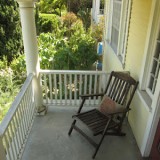
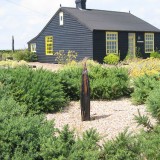
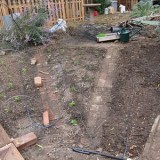
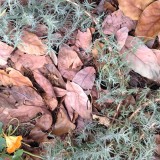
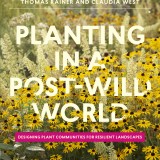
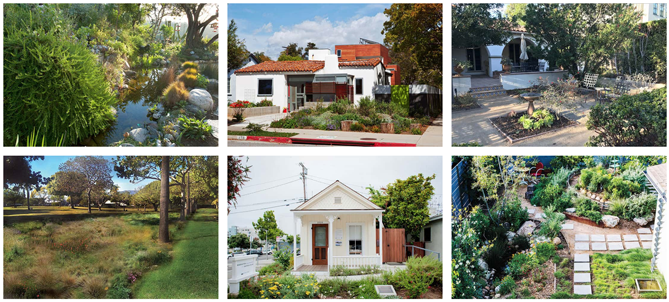
I love that idea! I want to maybe add hedges or blueberry bushes as a fence perhaps.
We have planted several fruit trees that we are training to be Espalier’s.Under them we have herbs,flowers and strawberries.It is making a nice block from the street and looks great as well.
We have a fifth of an acre near downtown LA – on a hillside. We’ve had two estimates for hurricane fencing – both for $14,000. There are many reasons we’ve decided to pass on this. One of the main reasons is that there is a 6′ limit in the municipal code in our zone on perimeter fencing. Coyotes laugh at this.
I’ve noticed though, that people have grown hedges in our neighborhood 8′ to 12′ and higher. If your neighbors cannot see into your yard they’re less likely to report you to the city on your bees or other livestock.
It will still be a big job to fence our property with living fence but one we need not do all at once. There are some really lovely cactus fences in google images.
Thanks for the tip.
I am glad to see that hedge rows are beginning to get some attention in the US. Hedgerows are extemely popular in the UK. They have a formal society dedicated to the art/craft of hedgelaying.
http://www.hedgelaying.org.uk/
I loved this link. Thank you for sharing it.